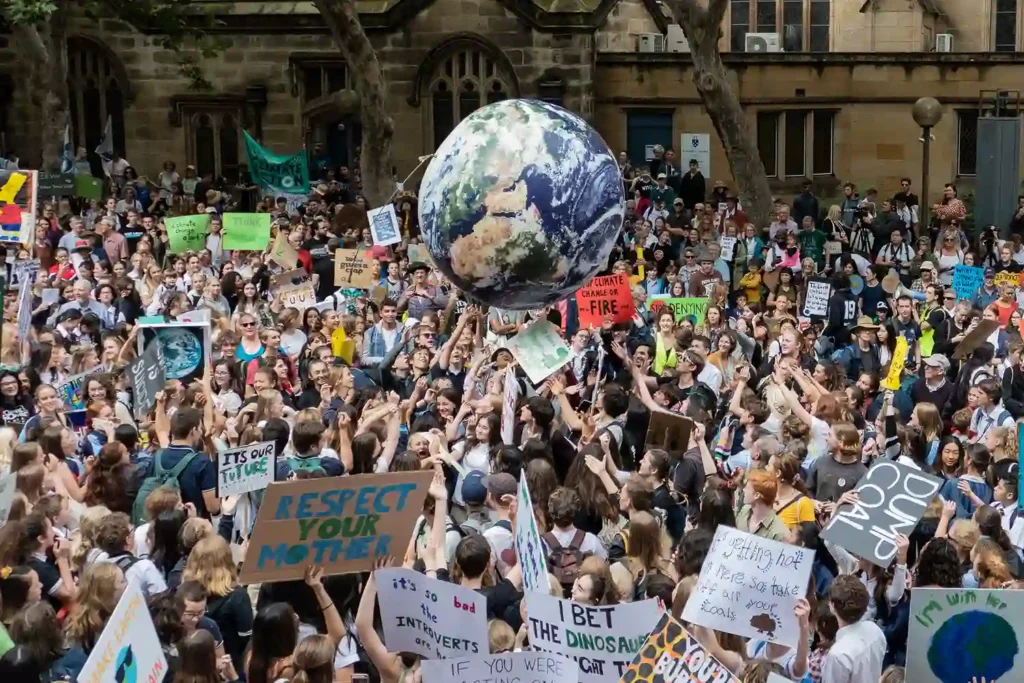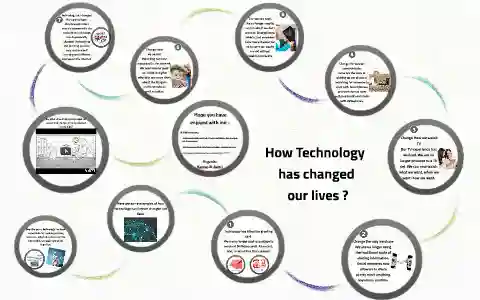Lately, I’ve noticed something alarming—extreme weather is showing up more and more in the news. Hurricanes, wildfires, and floods seem to hit harder and more often than ever before. Because of this, I started wondering: how are US cities preparing for extreme weather events? As it turns out, many cities are doing quite a lot to get ready.
From better buildings to smart technology, the steps being taken are impressive. In this article, I’ll walk you through how cities are protecting their people. Along the way, I’ll also share some simple things you can do to stay safe, too.
What Counts as Extreme Weather?
To begin with, let’s understand what we’re dealing with. Extreme weather includes powerful hurricanes, fast-moving wildfires, major floods, and long-lasting heatwaves. These events don’t happen every day, but when they do, they can be life-changing.
For example, I remember when a flood hit a nearby town. Roads disappeared, homes were ruined, and schools shut down. Thankfully, people stayed safe because the city had a solid plan. That’s exactly why being prepared matters so much.
Why Preparation Is More Important Than Ever
Over the last few years, weather events have become stronger and less predictable. Because of climate change, storms form faster and last longer. As a result, US cities are working harder to prepare.
Many cities now treat weather like a top emergency. They update buildings, roads, and even parks to stand up to bad storms. And even though some cities are just starting, others have been working on this for years.
How Cities Are Taking Action

Let’s dive into what cities are doing to prepare. While every place is different, most cities are taking steps that fall into the same categories. I’ve listed some of the most effective ones I’ve seen.
Stronger Infrastructure
First of all, cities are improving the way buildings and roads are made. For example, in hurricane zones, homes are now built with materials that resist wind and rain. In flood-prone areas, some roads are raised higher or designed to drain water faster.
New Orleans is a perfect example. After Hurricane Katrina, the city built stronger levees and pumps. Now, they can hold back much more water than before.
Faster Emergency Response
In addition, cities are training emergency workers more often. Police, firefighters, and paramedics now run drills to stay sharp. Plus, they use new tools to send out alerts quickly—often straight to your phone.
Thanks to these systems, people now get warnings sooner. That gives them extra time to get to safety, which can make all the difference.
Nature-Based Solutions
Another thing cities are doing is using nature to fight nature. That might sound odd, but it works. By planting trees and building more parks, cities reduce heat and soak up rain.
For instance, Seattle is adding more green areas to cool the city. In Miami, trees are planted not just for beauty, but to help block the heat. Nature can be part of the solution.
Community Education
Most importantly, cities are teaching people how to prepare. Schools, libraries, and local centers hold workshops. These events teach you how to make emergency kits, where shelters are, and how to stay calm.
I went to one of these classes last year, and it was really helpful. Not only did I learn what to pack, but I also found out how to help neighbors who might need extra care.
How Technology Is Changing the Game

Beyond all that, new technology is giving cities a huge advantage. Forecasting tools like radar and satellite maps now provide quicker and more accurate updates. This helps officials act faster.
Cities also use social media and apps to send updates. If a wildfire is moving toward your area, an alert might tell you to leave right away. This kind of tech saves lives.
Additionally, smart sensors track weather conditions in real time. These sensors are placed near rivers, in dry forests, or along highways. They warn cities when something dangerous is about to happen.
The Challenges Cities Still Face
Even though cities are working hard, some problems remain. First off, not all cities have the same amount of money. Bigger cities like New York or Los Angeles have more funds than smaller towns.
Also, reaching every person can be tricky. For example, not everyone speaks English or uses a smartphone. Because of that, cities need many ways to share warnings and updates.
Lastly, climate change continues to throw surprises. One year it’s heatwaves, the next year it’s snowstorms. So cities have to keep changing and improving their plans. It’s an ongoing process.
What You Can Do to Help
Now that you know how cities are preparing, let’s talk about you. After all, being ready starts at home. There are simple things you can do to protect yourself and your family.
Start by making an emergency kit. Include food, water, flashlights, batteries, and important documents. Also, talk with your family about where to meet if you get separated.
Don’t forget to sign up for local weather alerts. Most cities have free services that send updates to your phone. These small steps can make a big difference when something goes wrong.
Conclusion
As you can see, US cities are taking big steps to prepare for extreme weather events. They’re using stronger buildings, better tech, and even nature to stay ready. But no plan works without people.
So, while your city works to stay safe, you should too. Take time to get informed. Make a kit. Join a local class if you can.
Together, we can face whatever storms come our way—with courage, calm, and care.
Frequently Asked Questions
What is an extreme weather event?
It’s any type of dangerous weather, like floods, hurricanes, wildfires, or blizzards.
Why are these events happening more often?
Because of climate change, the weather is becoming more intense and less predictable.
What is a city’s first step in preparing?
Most cities begin by updating emergency plans and training response teams.
How does technology help?
Technology helps cities send alerts faster, predict storms better, and respond more quickly.
What if my city doesn’t have a plan?
Check with your local government. Many cities now post their plans online.
How can nature help with storms?
Trees, wetlands, and green spaces absorb water and reduce heat, lowering storm damage.
What’s in a good emergency kit?
Water, food, first aid, important papers, flashlights, and a phone charger.
How can I get more involved?
Join local workshops, help share info, or volunteer during emergency drills.



